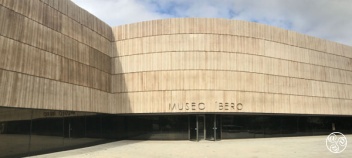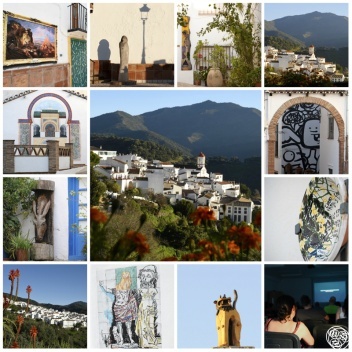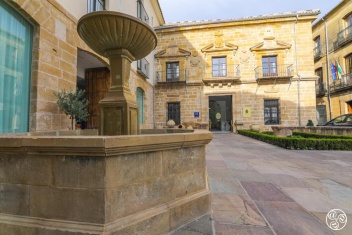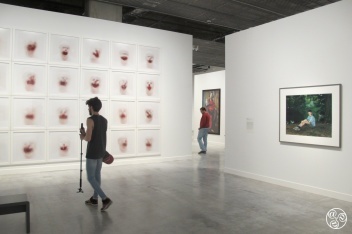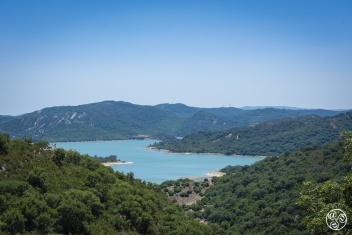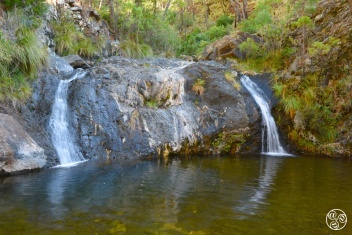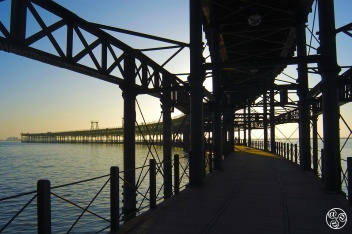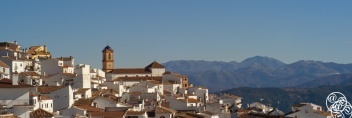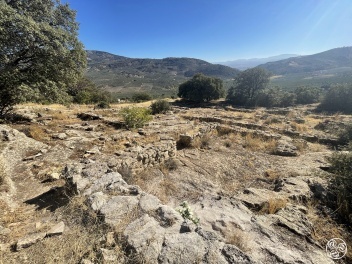Ermita Rupestre de la Virgen de la Cabeza, Ronda
This ninth-century cave hermitage, carved into the rock face, has remained hidden from visitors until recently. Today, it is still used for religious purposes by the Brotherhood of the Virgen de la Cabeza. The town of Ronda continues to celebrate a pilgrimage on behalf of the Virgen de la Cabeza that incorporates a visit to the site.

